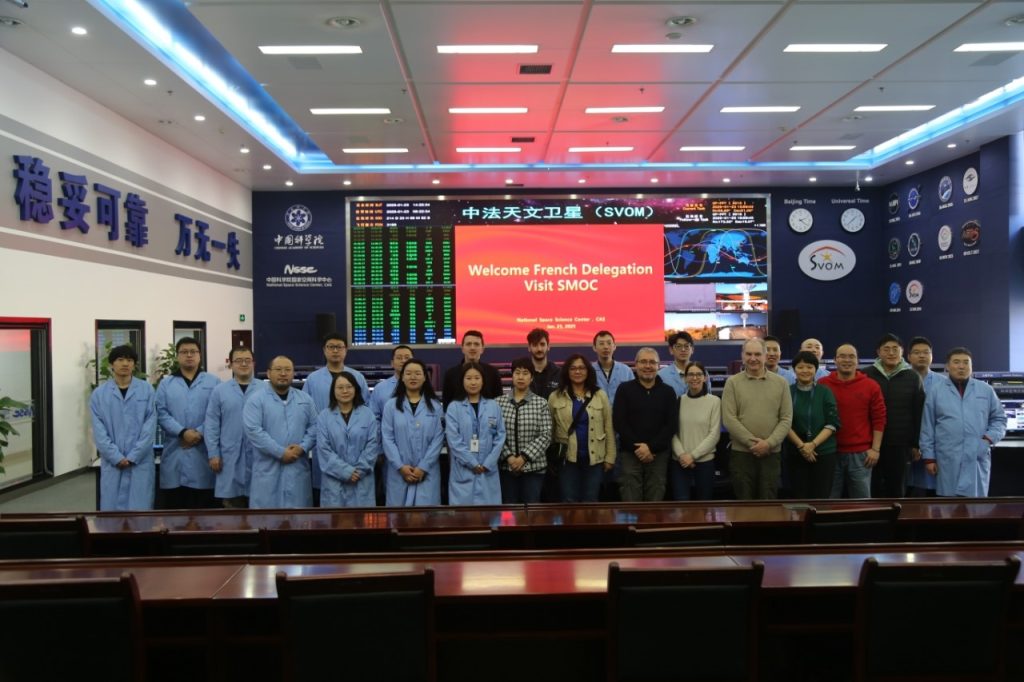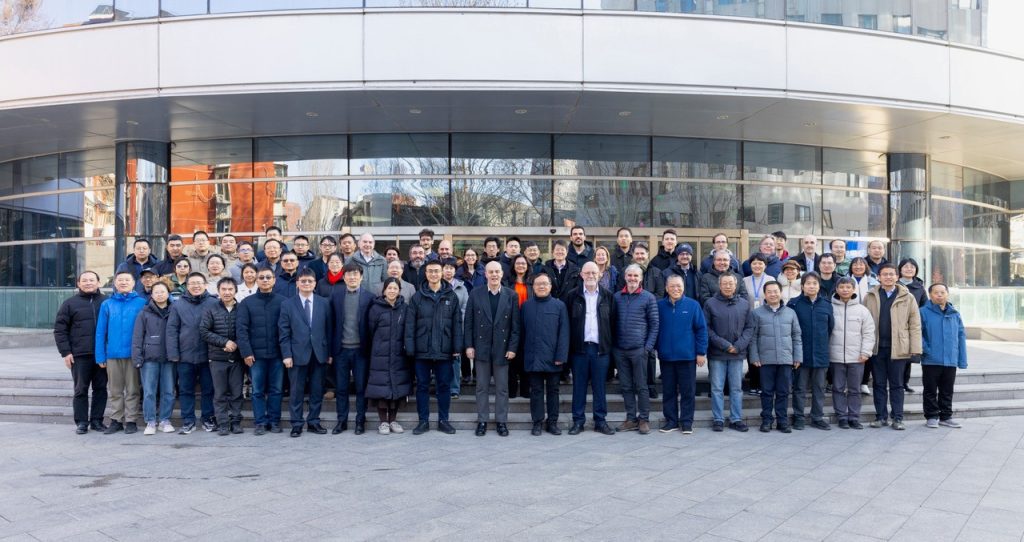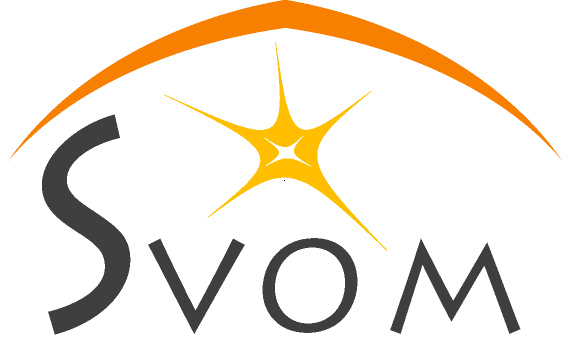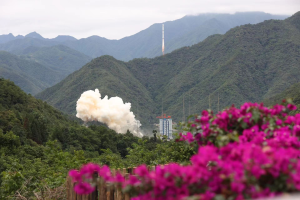Entering the scientific operation phase
At the end of the Svom mission review, held in Beijing in the week of January 20, the review group proposed to move into the scientific exploitation phase. Exploitation is scheduled to start in April 2025, but the notices issued by Svom (warning messages for telescopes automatically tracking candidate bursts) will be distributed to the global community as early as February.
Since its launch six months ago, Svom has detected 78 gamma-ray bursts, and 472 GCN (General Coordinates Network) circulars referring to Svom have been published (following detection by Svom or ground follow-up by other missions/instruments), as well as 16 ATel (Astronomer’s Telegram) corresponding to detections of X-ray flares from known galactic sources.



